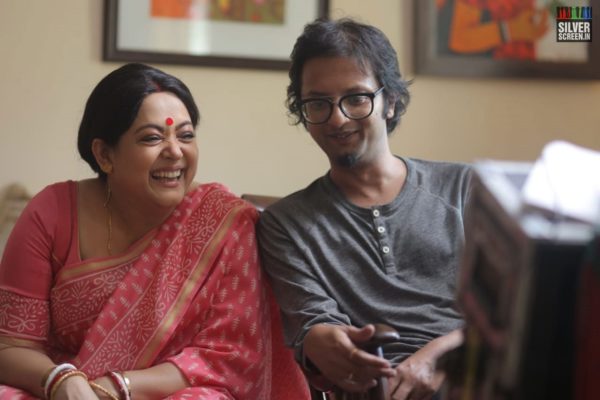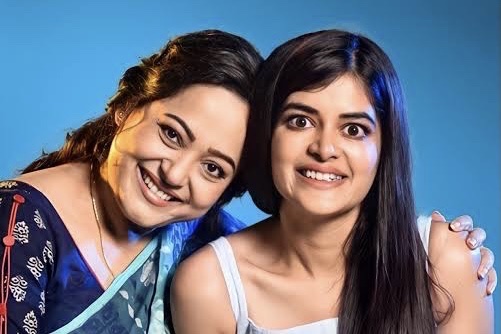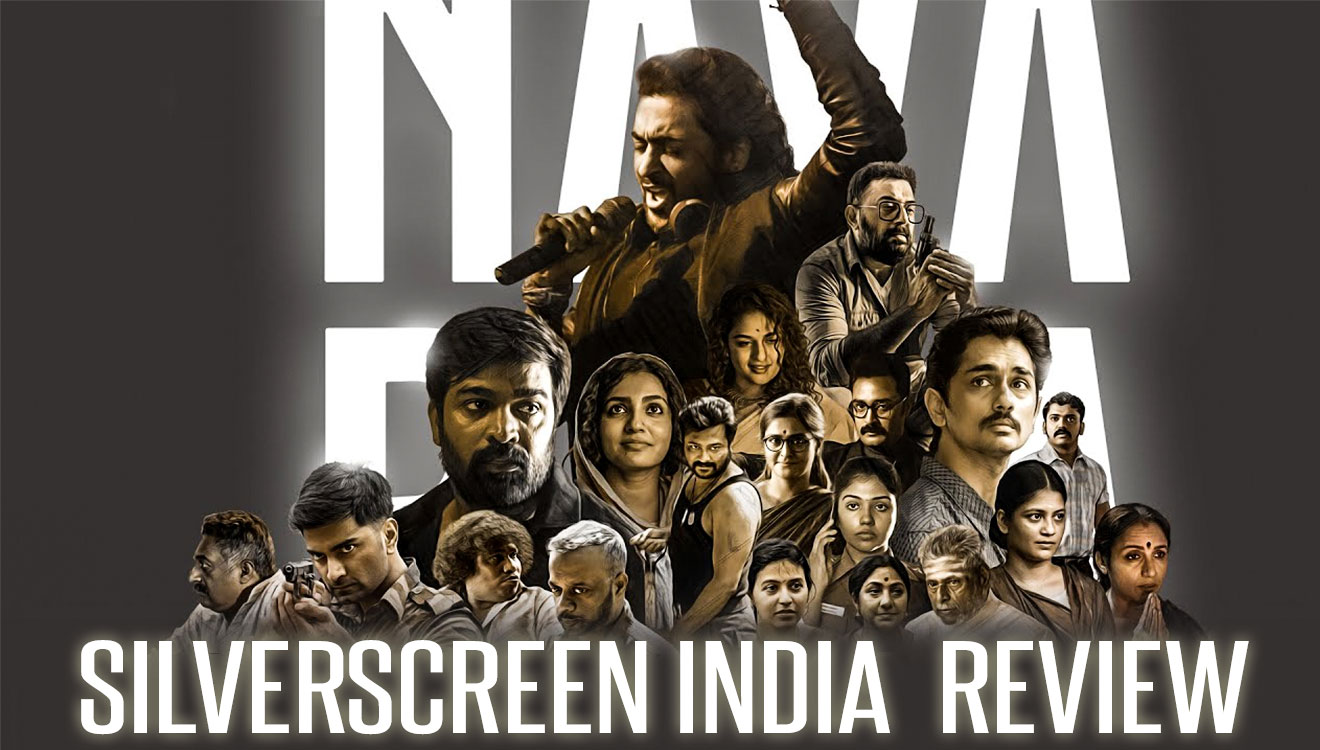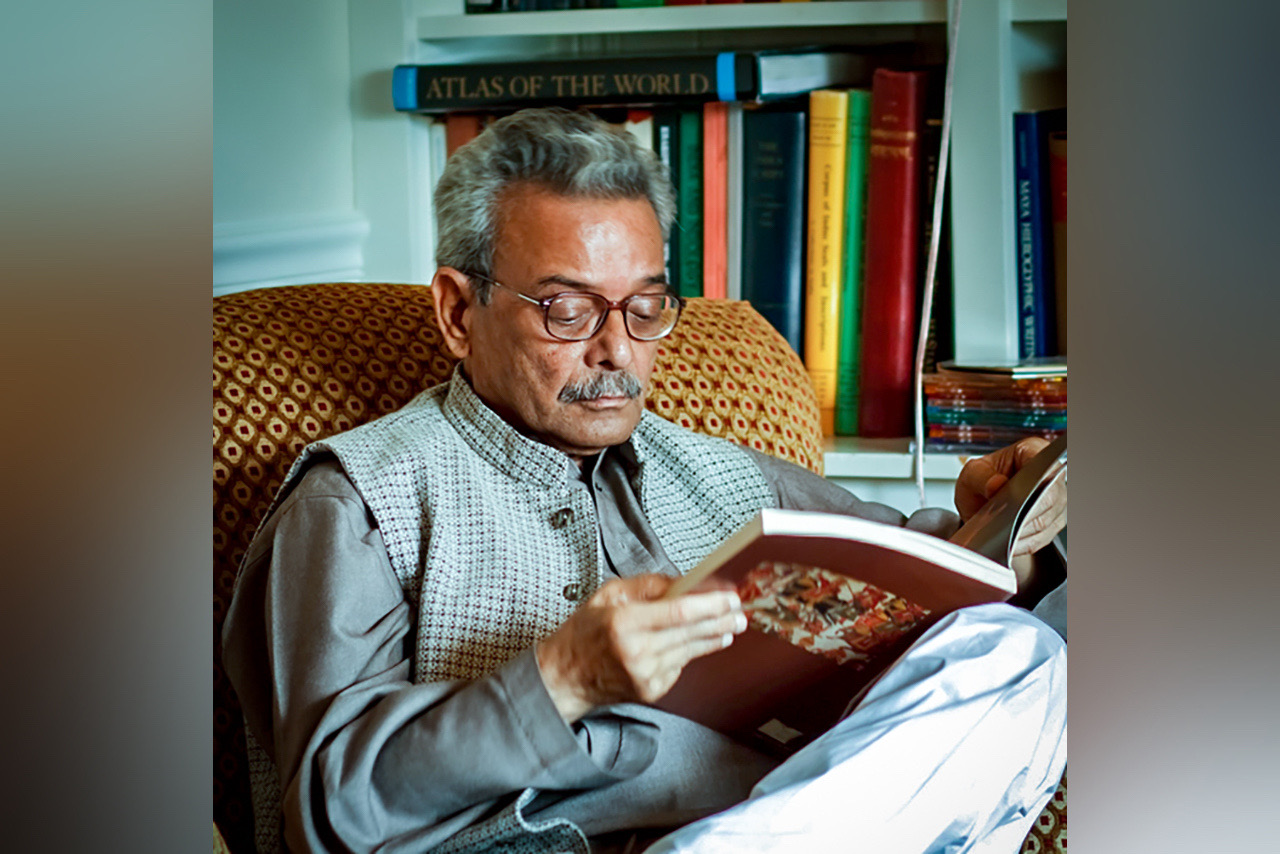As Christmas is to Hollywood, Durgapujo is to Bengali cinema, says filmmaker Mainak Bhaumik while discussing his upcoming Bengali film Ekannoborti- 51 Noye, Ek Onyanyo, starring Aparajito Adhya, Saurasheni Maitra and Alokananda Roy in the lead.
The film is set to have a theatrical release on November 3.
Bhaumik made his directorial debut with the 2006 Bengali film Aamra. He went on to edit the Anjan Dutta-directorials The Bong Connection (2006) and Chalo Lets Go (2008), the Rituparna Ghosh-starrer Arekti Premer Golpo (2010) and the National Award-winning film Shabdo (2012) before he made the 2012 hit Bengali film Bedroom, a dark ensemble feature about the new generation of young Indians, their mental health and their pretentiously perfect lives on social media.
Several such films later, Bhaumik has cemented his own genre of films based on families and humane stories of interpersonal relationships. Though each film narrates a different story about relation equations, they are usually in this same space leading to critics often terming his work repetitive.
This does not bother Bhaumik, though, because that’s what Bengalis want to watch, he says. “Bengalis are more interested in what their neighbours are doing in their personal lives than looking for a serial killer. Bangalira cha er dokane adda marte bhalobashe, kutkochali, pnpc korte pochhondo kore, prem korte bhalobashe, prem bhenge gele kande (They love hanging out at tea stalls, discussing romance and break up, and to gossip, judge and criticise). What else do they do? And I keep getting labelled as the one who makes films only on interpersonal relationships.”
“Bibaho Diaries, Breakup Story, Generation Aami, and Cheeni are probably all in a very similar space but, they are very, very different movies. Likewise, my upcoming film Ekannoborti is in the same space, but is a very different film,” he adds.
In conversation with Silverscreen India, Bhaumik speaks about his preference for telling stories of interpersonal relationships, the kind of films Bengalis like watching, the success of his previous film Cheeni amidst the pandemic, the making of Ekannoborti- 51 Noye, Ek Onyanyo, and more.

Photo Source: SVF
Over the years, Durgapujo, the biggest Bengali festival, has been widely used as a backdrop of several films such as Uma, Belasheshe, Utsab, among others. What makes your upcoming film Ekannoborti- 51 Noye, Ek Onyanyo stand out from them or what is unique in this film?
This is primarily a film about three generations: the thakuma (older) generation, the daughter generation, and then the millennial generation. That will be an interesting combination — to see how the three generations view Durgapujo. This film is also sort of a tribute. There are multiple references to Rituparna Ghosh’s films, a major ode to Utsab, and there is a film crew that comes to shoot in a house which has a connection to Bariwali. Utsab is a film I grew up watching. It’s one of the most interesting Bengali films and one that really made me want to make Bangla chhobi (Bengali film).
Another thing about Ekannoborti is that I didn’t just want Durgapujo to be a backdrop. Since I used to make documentaries way before, I wanted to show the little details of things that happen in pujo like boron (welcome puja), shondhi pujo (puja done on the Ashtami evening) — things that haven’t been shown before. I love Utsab but I remember watching the film when I was in New York, and wishing he had shown a little more of pujo. So I thought, let’s show these things.
You are making a film on a joint family at a time when we all live in nuclear families. Do you think the audience will respond to such a film now?
The film being called Ekannoborti (meaning a big joint family) is actually kind of ironic. Joint families don’t exist anymore, they have broken up. But I think, in times of crisis, families are the most important thing. In the film, there’s a question of selling the house because the family is not together anymore. The two daughters have moved out, but in a time of real crisis, they come together.
I think post-Covid, people are scattered all over the world and are unable to come home to their families. Last year, the Durgapujo did not really happen, we still don’t know if it will happen this year or not. So that familial bond is something people are yearning for right now. Five years back, they wouldn’t have cared but now, it has become something they crave.
Most of your films are based on families or interpersonal relationships, such as women’s friendships or mother-daughter relationships. What is the inspiration behind this? Do you think it helps you explore your creativity?
I am more of a writer than a director; I enjoy writing more. Part of being a writer is being a storyteller and stories about people are more fun for me. The moment you write about people, you write about their relationships. And to be quite honest, in regional film industries, we don’t really have the financial capability to make a sci-fi or a superhero film or even an action film like War or a very high-end thriller.
That’s not what Bengalis want either. They don’t look for serial killers or time travel. They are more interested in people’s lives. I think it’s very culture-specific. If you go back to Satyajit Ray’s films, like Apur Sansar or Aranyer Din Raat, they too are about people. This is why I think Rituparna Ghosh’s films grabbed my attention immediately even when I was very young. That’s what separates Bengali films from other films. Having done a film like Bornoporichoy, personally speaking, I don’t like the idea of Bengali films trying to be like something else.
Crime-solving murder mysteries are not in our culture. Where do narcotics and Pablo Escobar feature in Bengal? They don’t. So why make fiction out of something that doesn’t exist. Then it will just be a copy and not Bengali cinema. If we try to make a Tenet in Bengali, it’s going to be stupid. I prefer Byomkesh Bakshi because most of the murders and crimes he tackles happen within family boundaries. That’s the kind of crime that can possibly happen in Bengal.

Photo Source: SVF
You have cast Aparajita Adhya in three of your films consecutively and Saurasheni Maitra in two. Any specific reason for this?
Honestly, I am one of those directors who is lazy but also very smart. So, when I find a good actor, I use them again because I love the way they work, I know their talent, and I want to explore different avenues with them. There was a phase where I used to do a bunch of films with Swastika Mukherjee, then Ritwick Chakraborty, and now I am going through that phase with Apa di (Adhya). She is multi-talented, brilliant, and there are different layers to her performance. The best way to get a good performance is to hire a good actor.’ Don’t get a bad actor and try to fix their work, get a very good actor and he or she will do the job well. And I am very proud of my cast, they are all very good.
What different shades can we expect from them in Ekannoborti?
Saurasheni is finally playing a more feminine character. She has always played very messy and confused characters. For the first time, she is playing someone who is very sorted. Apa di is playing a character that is absolutely opposite to her role in Cheeni, which was a vibrant one for her age. So it has been a lot of fun to explore the other end of the spectrum.

Photo Source: SVF
Cheeni released during Durgapujo 2020 and completed 100 days at the box office, which is a big deal considering a lot of Bengali films either postponed their release or released on OTT platforms. The film did equally well on OTT. How do you feel about that? What do you think made the film so successful amidst the pandemic?
Of the 12-13 films that released during pujo, 99% did not work; no one came to see them. I remember Cheeni and Wonder Woman 1984 had released on the same day. While Wonder Woman was one of the most expensive films ever made, Cheeni was a most inexpensive film. It’s really funny in hindsight.
I think why Cheeni was so loved and did so well at the box office is because, as I said before, these are the stories that people want now. We are in a pandemic and we don’t know where the endpoint is. People want to know that moms and daughters are going to be okay, that marriages are going to work. They don’t want films on how the world is falling apart, they are watching that live every day on the news.
Another theory I have, which time will perhaps prove, is that what we want from Bengali cinema is something that is exclusively Bengali. OTT platforms are exploring all kinds of avenues that Bollywood doesn’t. I would prefer to watch two Bengali guys miserably failing to sweep a girl off her feet than a Bengali version of The Family Man and thinking, ‘Dude, this guy isn’t Manoj Bajpai’.
Recommended
There was this notion that people don’t watch PG content and only look for adult content on OTT. Cheeni proved this wrong. And let’s not forget, there are many Bengalis outside Kolkata who couldn’t watch the film in theatres, so they turned to OTT as well.
Amidst this rise of OTTs, why did you choose a theatrical release for Ekannoborti? Was it because of Cheeni‘s success?
It definitely gives me a little more confidence when something like Cheeni does well. There were doubts if people would come to watch it as it was just a simple story of a mother-daughter duo stuck in a house. So, when that kind of film does well, it makes me feel a little more arrogant. I think, ‘Yeah, why not? Let’s do another one of those films that I’ve been wanting to do’.



